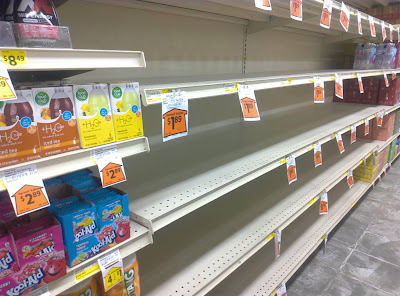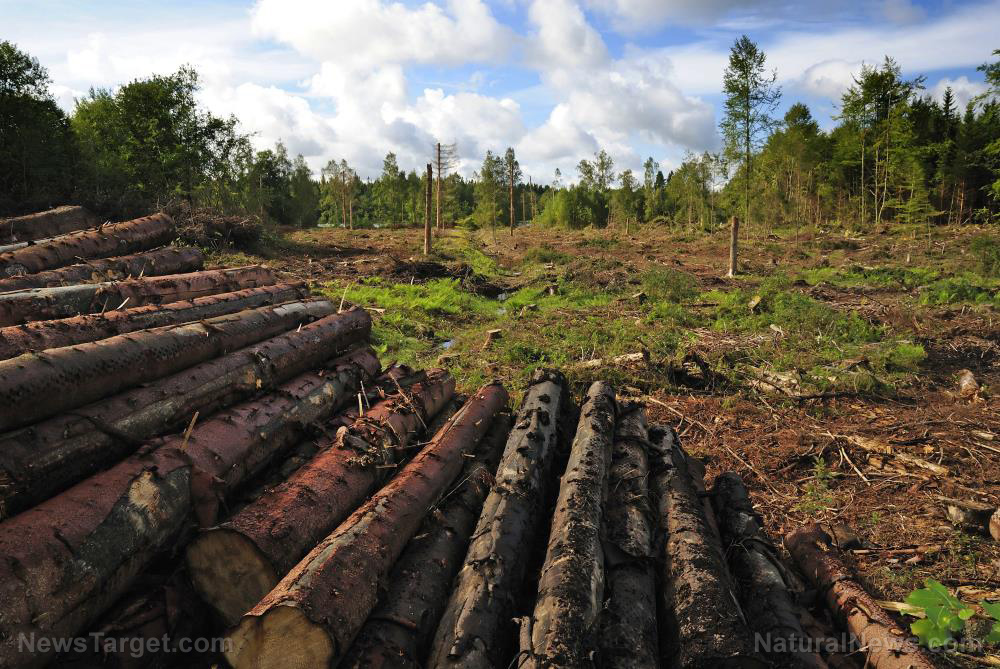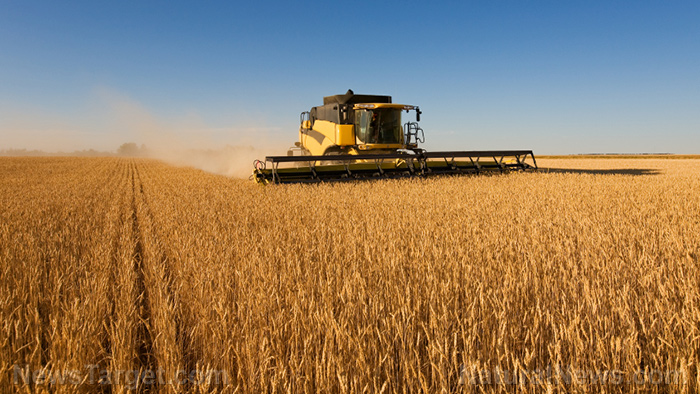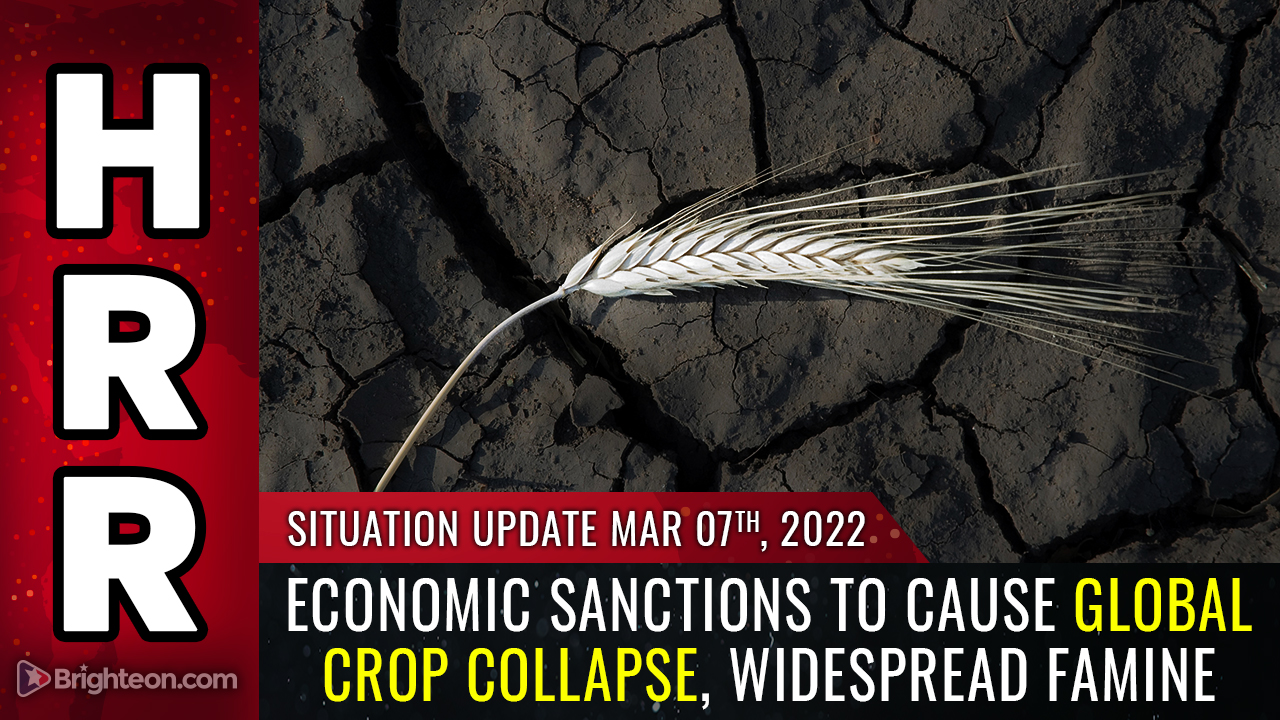“Famine of biblical proportions” headed our way due to COVID-19, warns UN food chief
08/27/2020 / By Ethan Huff

The response from governments around the world to the Wuhan coronavirus (COVID-19) plandemic threatens to starve billions of people in the coming months and years, warns David Beasley, executive director of the United Nations World Food Program (WFP).
The data that Beasley has collected thus far supposedly shows that the number of people experiencing malnutrition will grow by 80 percent before the end of 2020. The outcome of this, he says, will represent a “famine of biblical proportions.”
With meat packing plants shuttered due to alleged infection spread, and crops destroyed all across the heartland due to recent extreme weather, our already battered food supplies will suffer, it appears.
“Obviously social tensions will grow, migration will increase, conflicts will escalate and hunger will likely affect those who didn’t experience it before,” Beasley told the Russian news agency TASS.
WFP projections suggest that Latin American nations will experience the worst of what is to come. There, the number of malnourished people could skyrocket by as much as 269 percent, Beasley warns.
Using the same metric for countries in Eastern and Central Asia, Beasley’s agency portends a 135 percent increase in malnutrition. And in Sub-Saharan Africa, the number of people who go hungry could roughly double.
Unless “bold action” is taken to try to fix the problem, “many will die, children will suffer from the consequences of malnutrition for many years, and the world will lose all the progress made in fighting hunger over the past decade,” Beasley says.
“The price of inaction will be incredibly high,” he adds.
With all of this and more soon to come, many people will want to take action by prepping. Listen below to The Health Ranger Report as Mike Adams, the Health Ranger, discusses why people need not just bug out food and weapons, but also bicycles:
Famine and devastation is what happens when food supplies become centralized and controlled by globalists
It is important to note that this situation is exacerbated by the fact that some 138 million people in 83 countries currently rely on the WFP to supply their food. This centralization, in other words, has made it so that if one country falls, they all fall.
Sadly, many of these countries rely on the UN as their “last hope for survival,” according to Beasley. This is unfortunate and completely unnecessary because farming and food autonomy has been standard protocol since the dawn of time, having only recently been consolidated into the hands of a few.
In South Sudan, for instance, there are now 6.6 million people on UN food assistance, which is up 1.6 million compared to last year. In Yemen, some 13 million people rely on the WFP to eat.
Following the explosion that recently occurred in the Lebanon capital of Beirut, many more in this country have likewise been forced into the WFP fold, as the blast destroyed not only grain stockpiles but entire supply chains, as the port where it occurred delivers about 85 percent of Lebanon’s food supply.
As is usually the case, Beasley and the WFP are using this data and the threat of a biblical-level famine to demand more funding from the nations of the world. The agency says it needs a whopping $4.9 billion over just the next six months in order to keep its “humanitarian” programs running.
“Interesting to note that U.S. corporations have been backing coups against foreign governments for over a century, supporting only those willing to see their own people enslaved and their own resources stolen,” was one RT commenter’s take on the situation.
For more related news about the collapse of the world’s food supplies as well as economies, be sure to check out Collapse.news.
Sources for this article include:
Submit a correction >>
Tagged Under:
Biblical proportions, collapse, coronavirus, covid-19, famine, food shortage, food supply, harvest, starvation, UN, United Nations, World Food Program
This article may contain statements that reflect the opinion of the author
RECENT NEWS & ARTICLES
Hunger.News is a fact-based public education website published by Hunger News Features, LLC.
All content copyright © 2022 by Hunger News Features, LLC.
Contact Us with Tips or Corrections
All trademarks, registered trademarks and servicemarks mentioned on this site are the property of their respective owners.




















